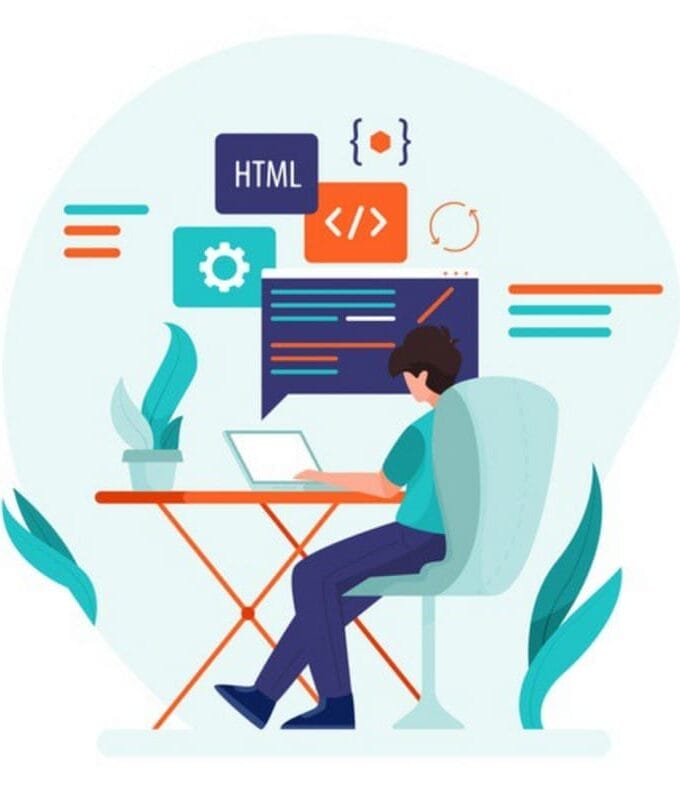Web Accessibility
“The World is Certainly Changing, So Should Accessibility”

Complying With Web Standards
When the websites and tools are perfectly designed and coded, even people with disabilities can use them. However, most of the sites are developed with an accessibility barrier that makes them difficult or impossible for some people to use.
- 1 billion people worldwide are living with disabilities.
- 285 million people have vision impairments.
- 246 million have low vision.
- 39 million people are blind.
- 82% of people with blindness are aged above 50.

Cogdina & Accessibility
Web accessibility helps readers live with a wide range of disabilities including visual, auditory, physical, speech, cognitive and neurological. Users’ engagement with the content is increased when they have the ability to select different font sizes, styles, colours, use voice synthesis to read text aloud or change the text to Braille.
At Cogdina, we aim at pursuing digital equality, which makes the content accessible to all, along with providing expertise, implementation, scalability, and ADA (Americans with Disabilities Act) compliance and compliance with federal and international accessibility regulations. By making websites accessible for the people of all kinds, Cogdina cuts off the bias between the users and the websites, and that’s what makes it the best web development company in Dallas, TX, USA.
Cogdina is focused to deliver world-class services that meet all the accessible criteria in creating born-accessible content as well as transforming existing documents into accessible formats such as EPUB, PDF, Word, PPT, Closed Captioning, Audio Transcription, and many more.

The World Wide Web Consortium (W3C)
As stated by the World Wide Web Consortium (W3C), the web represents a unique opportunity to utilize technologies and offer maximum levels of access to written, audio, and video content to those suffering from disabilities.
W3C has set the main international standards for the World Wide Web and its accessibility for the people with disabilities. W3C created the Web Content Accessibility Guidelines (WCAG 2.0) on an international level. These guidelines are divided into three levels of compliance- A (must support), AA (should support) and AAA (may support).
Site Accessibility
Level Access has a company-wide commitment to make sure that technology is accessible to all people, including to those with disabilities. As a part of this commitment, our website has been designed to comply with the requirements of Section 508 of the U.S Rehabilitation Act and comply with the World Wide Web Consortium (W3C) Web Content Accessibility Guidelines (WCAG) 2.0 AA.
Cogdina is also devoted to support and implement the United Nations Convention on the Rights of Persons with Disabilities.